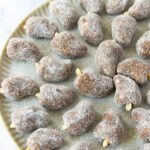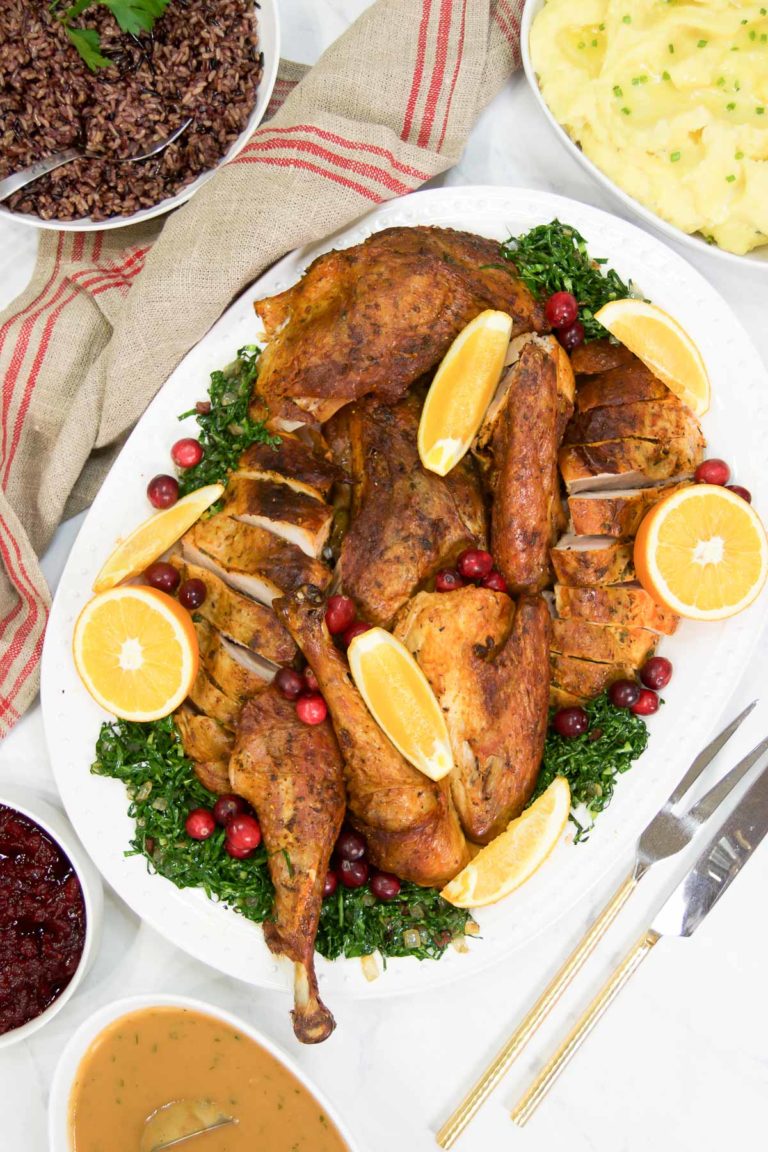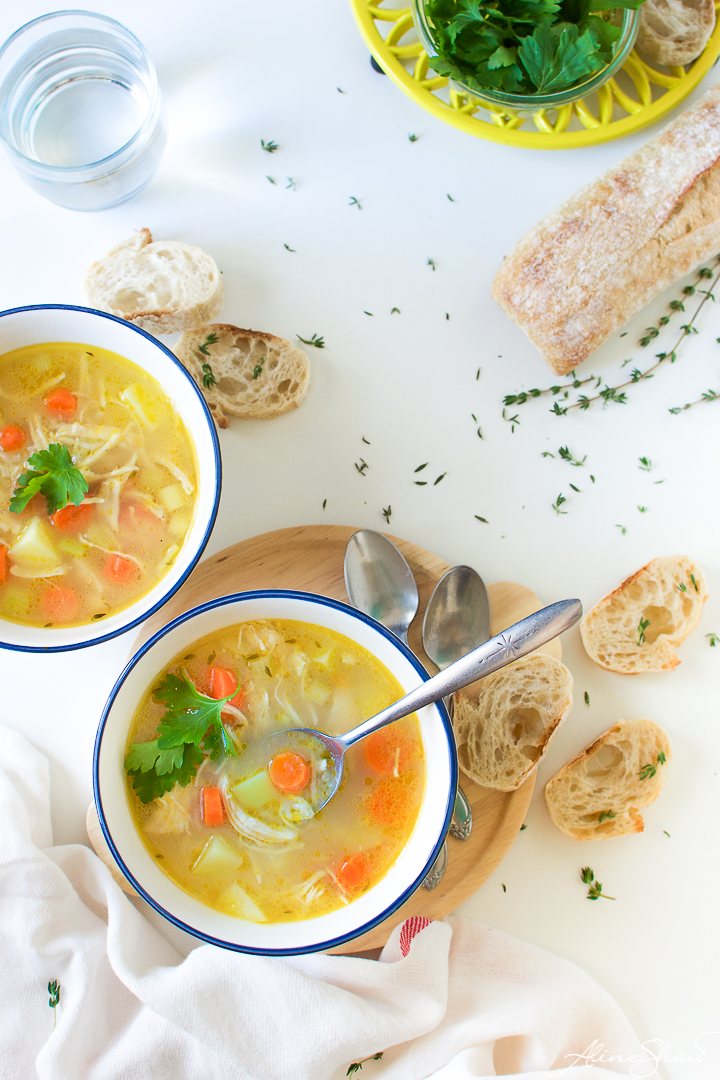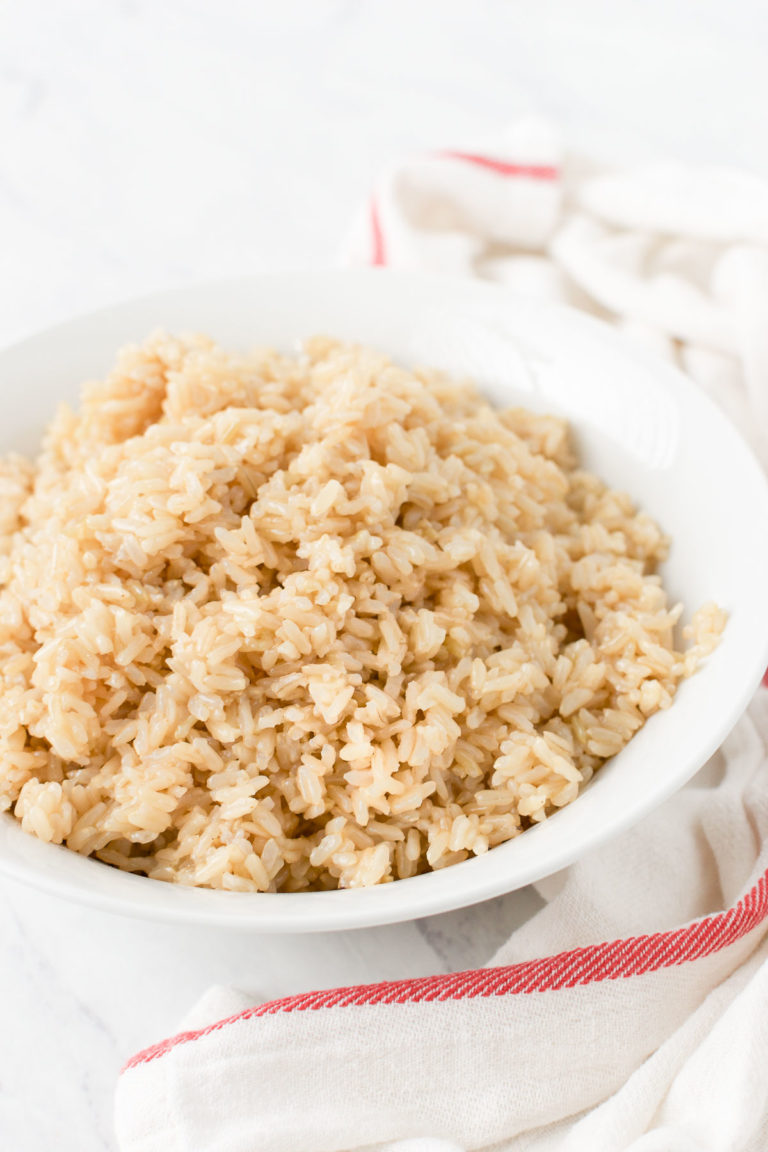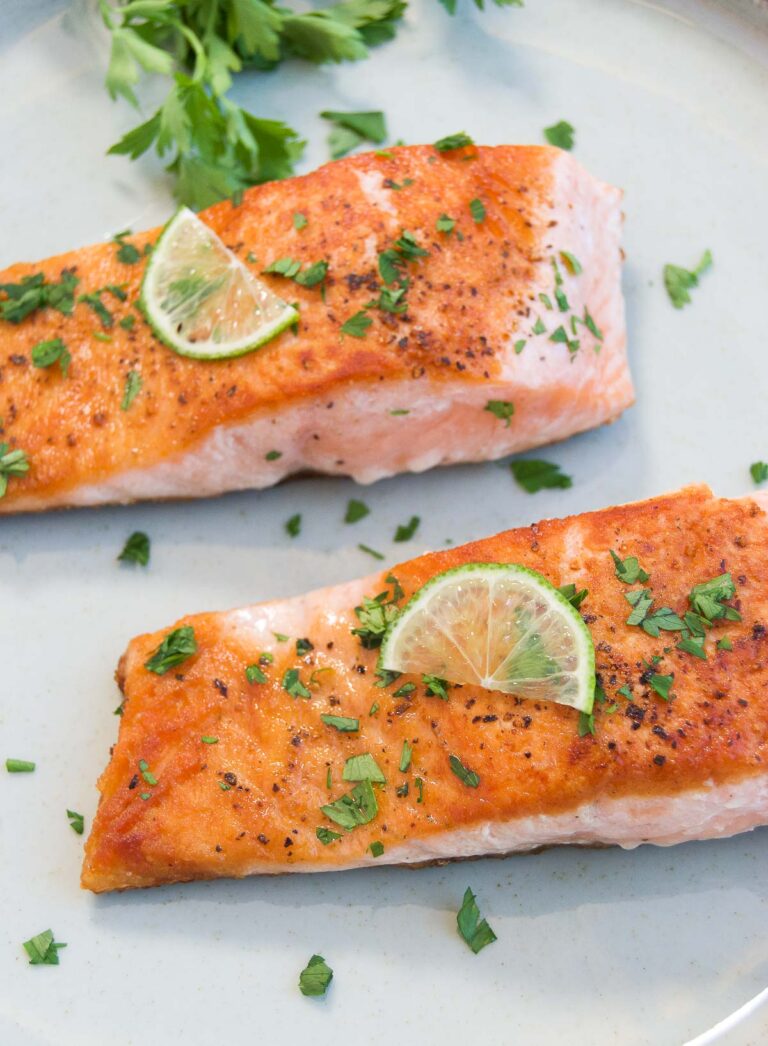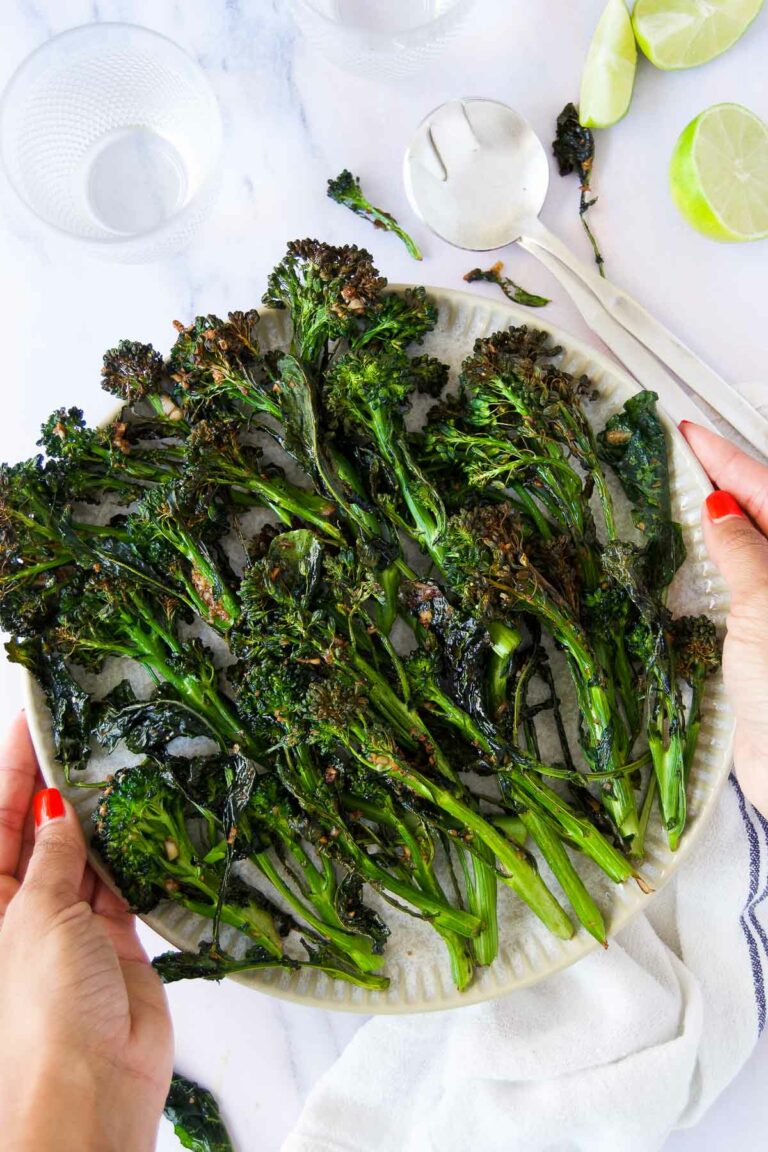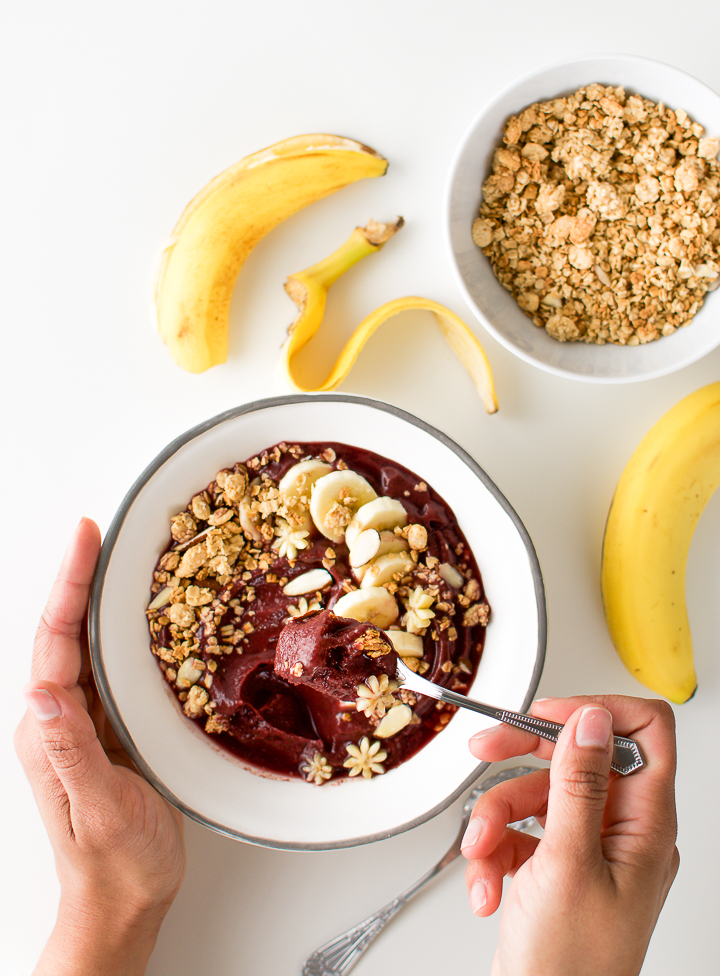Cajuzinho Recipe
These peanut candy treats are a popular Brazilian party essential known as Cajuzinhos. Made with just four easy-to-find ingredients, this classic Brazilian peanut candy is super easy to make, doesn’t involve any cooking, and can be ready to serve in less than an hour! They are perfect for parties, as well as holidays, and make a great gift, too! Recipe makes about 50, but easily doubled.
Other Brazilian party docinhos you’ll love: Brigadeiro Recipe- Brazilian Fudge Balls, Beijinhos de Coco – Brazilian Coconut Balls Recipe with Condensed milk.
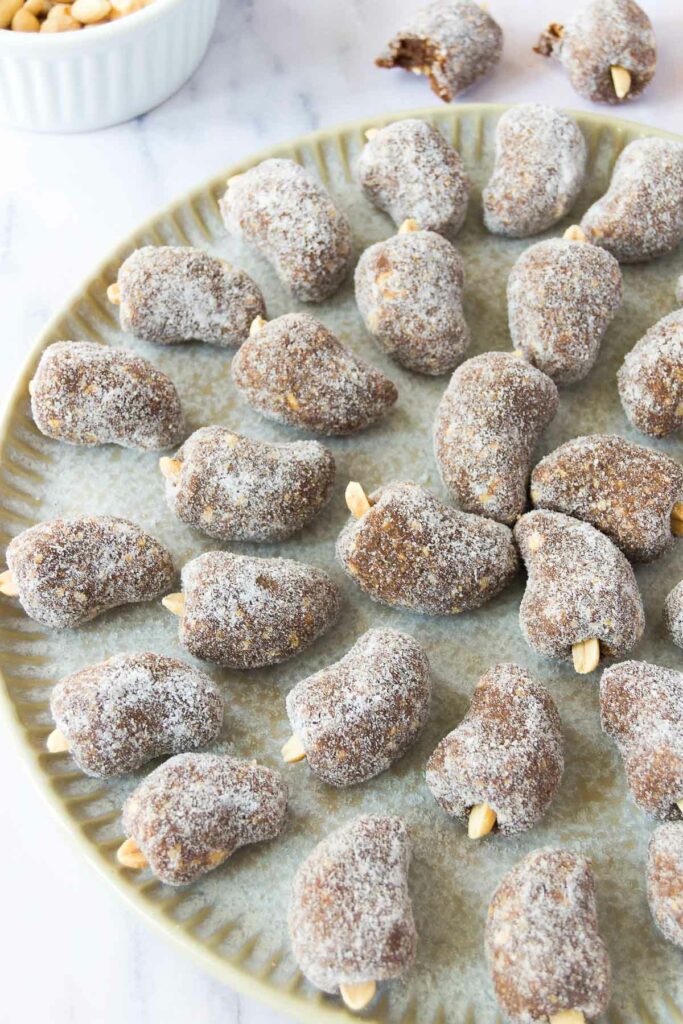
Cajuzinho – A Classic Brazilian Party Treat
Oi, Gente!
Most Brazilian food lovers know brigadeiros, the most popular and most loved Brazilian party treat, known as “docinhos“. And, I would argue that beijinhos, Brazilian coconut balls, are considered a close second… if you are a coconut lover.
And just like these, cajuzinhos, are another popular Brazilian docinho to know and love.
What are cajuzinhos?
Cajuzinho, or “little cashew” as the word translates to, is a delicious Brazilian peanut candy that is full of peculiarities.
Today, they are sweet, peanutty and have a hint of chocolate. They’re so easy to make, and call for just four ingredients.
All you need are sweet condensed milk, the quintessential ingredient of most Brazilian sweets, cocoa powder and peanuts.
You read that right: Peanuts! These treats, called “little cashews,” shaped like cashew nuts, are actually made with… peanuts!
Let’s talk about the history of cajuzinhos
Cajuzinhos are from the northern and northeastern regions of Brazil. Originally, they were made with cashews, a local nut, and were shaped like a little cashew, hence the name.
But as these sweet treats travelled to other regions of Brazil, where access to cashews was limited at the time, the ingredients started to change.
People in the south, southwest and southeast (where I’m from), swapped the cashews for peanuts because they were easier to find. However, the shape and name remained the same.
The peanut version ended up the version that became the most popular over time, even though you can still find traditional cajuzinhos made from cashews in the north and northeastern regions.
Like with many dishes, there are many ways to prepare Cajuzinhos. Some people make them cooked in a pan, like brigadeiros are. Some recipes even contain eggs whites as a thickening agent.
My recipe is much simpler and requires no cooking. Also, it can be ready in just a few minutes.
It goes without saying: Cajuzinhos are worth trying!!
Turn your next celebration into a real Brazilian festa with these peanutty treats.
Beijinhos xx
Don’t forget cake! Try these beautiful cakes: Brigadeiro Cake, Churro Cake, Brazilian Carrot Cake – Bolo de Cenoura.
Ingredients:
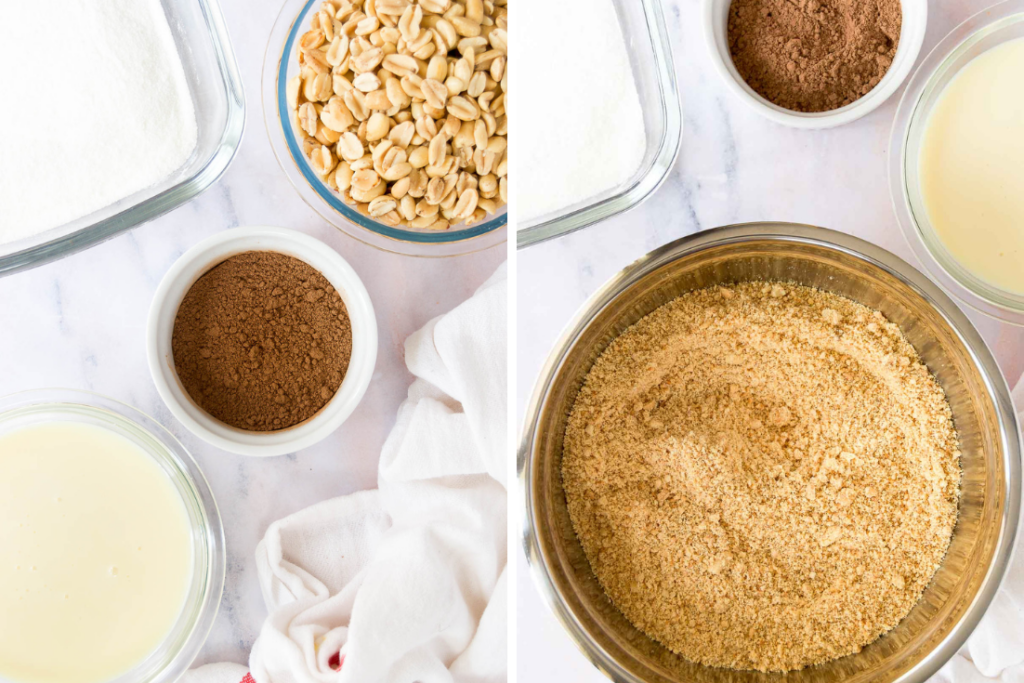
Brazilian Kitchen Abroad is a participant in the Amazon Services LLC Associates Program, an affiliate advertising program designed to provide a means for us to earn fees by linking to Amazon.com and affiliated sites.
- Peanuts — you want them to be roasted, peeled and unsalted. We’ll use them to blend into a flour, as well as for garnish.
- Sweet condensed milk — a staple in so many Brazilian desserts, this is essential for the sweetness and texture of the recipe. There is no substitute (and please note: this is not the same thing as evaporated milk).
- Cocoa powder — cocoa powder is unsweetened and will yield a richer flavor. You can also use chocolate powder like Nesquick, or Nescau, but these have added sugar and using them yields slightly sweeter cajuzinhos that have less rich chocolate flavor and color.
- Granulated sugar — for rolling the finished cajuzinhos.
Equipment:
- blender or food processor
- Mixing bowls
- 1 tablespoon cookie scoop
- Candy cups
- Serving platter
- Airtight container for storage
How to make Cajuzinhos – Brazilian Peanut Candy

Separate the peanuts for the topping. This is a cultural requirement. If your cajuzinho doesn’t have little peanuts on top to decorate them like a little cashew fruit, it will be considered invalid in the official court of Brazilian culture. I’m only sharing facts. 😉
This recipe makes about 50 cajuzinhos, depends on how big you roll them, so set about that many pieces of peanuts aside for topping.
Blend the remaining peanuts. In a food processor or blender, or even a big mortar and pestle, grind the remaining peanuts into a fine flour.
Be careful not to grind it too much and accidentally make peanut butter instead. You’ll want the peanut flour to be the texture of sand.
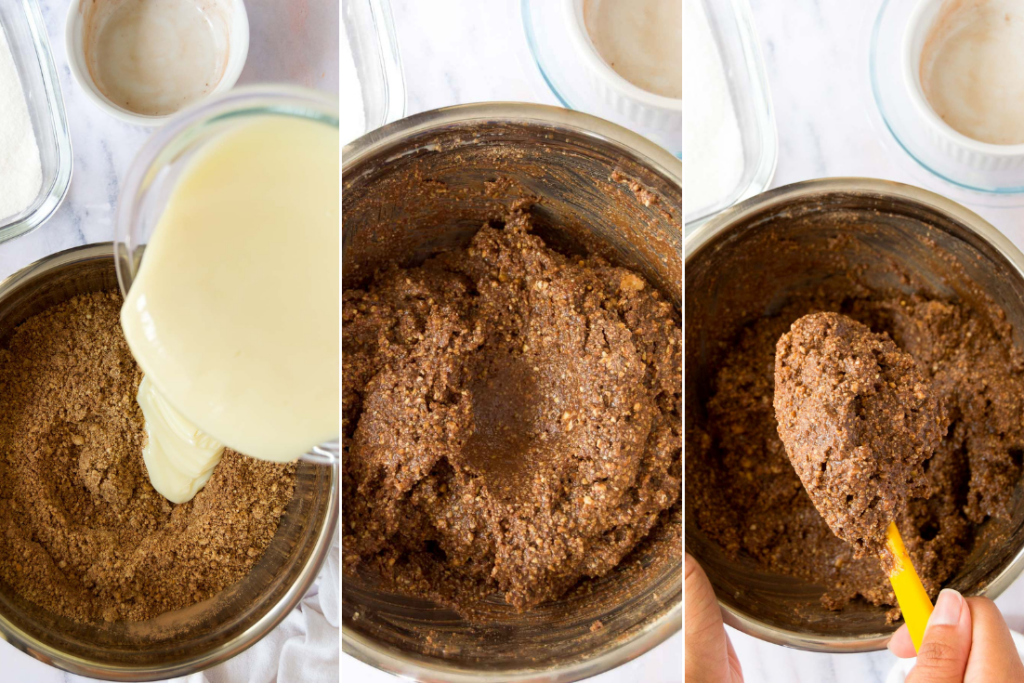
Mix everything together. Combine the cocoa powder with the ground peanuts in a large bowl. Whisk to combine, then add in the condensed milk. Stir until it forms a homogeneous ball.
Let it rest. Let the mixture rest about 20 minutes on the counter or 10 in the fridge. This helps the newly formed mixture set. Also, it won’t stick as much as you roll them.

Shape your cajuzinhos
Like with the peanuts on top, shaping your cajuzinhos like little cashews is also culturally mandatory. I don’t make the rules, friends. I’d love to say you can leave them as balls, but I don’t want you to get in trouble with the cultural police out there. They will come for you.
To shape them like little cashews, scoop about a tablespoon’s worth of the peanut mixture onto your hand and roll into a ball. Then run your finger towards the edge of the ball to make a little tip, then form a little cashew. You can also make a little sausage then gently pinch the tip.
PRO TIP: You do not need to oil your hands to do this. In fact, I don’t recommend that at all because doing so will prevent the sugar from sticking to the cajuzinho. We don’t use anything and just wash our hands every once in a while as our hands get too sticky.
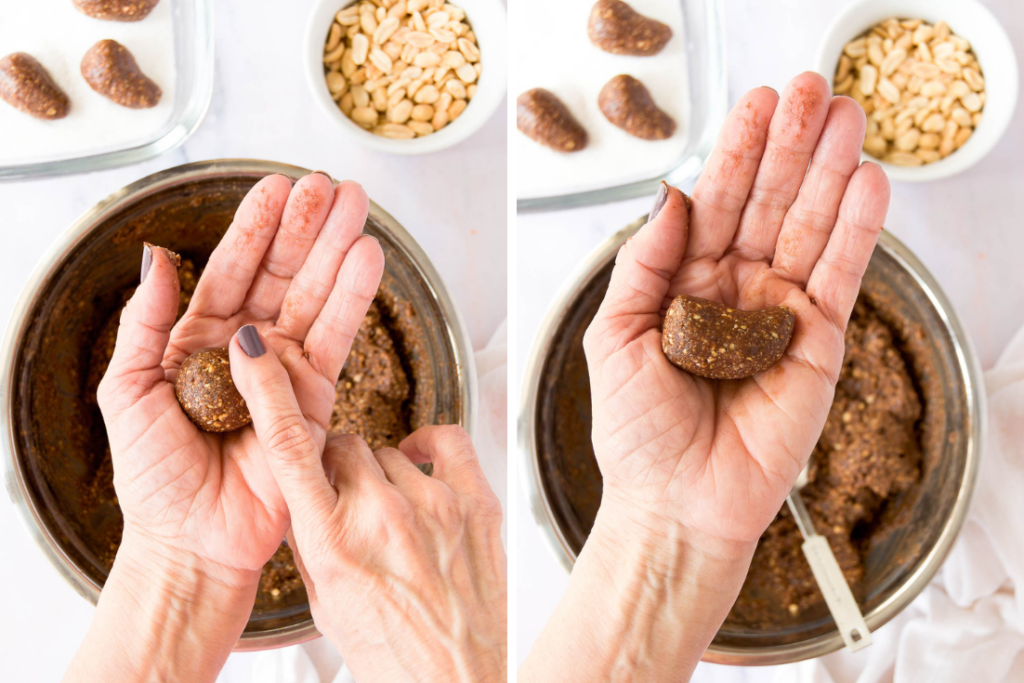
Roll your cajuzinhos in sugar. After shaping them into little cashews, roll them in sugar.
Add the little peanut on top. And to finish up, add your little peanut on top and you’re done!
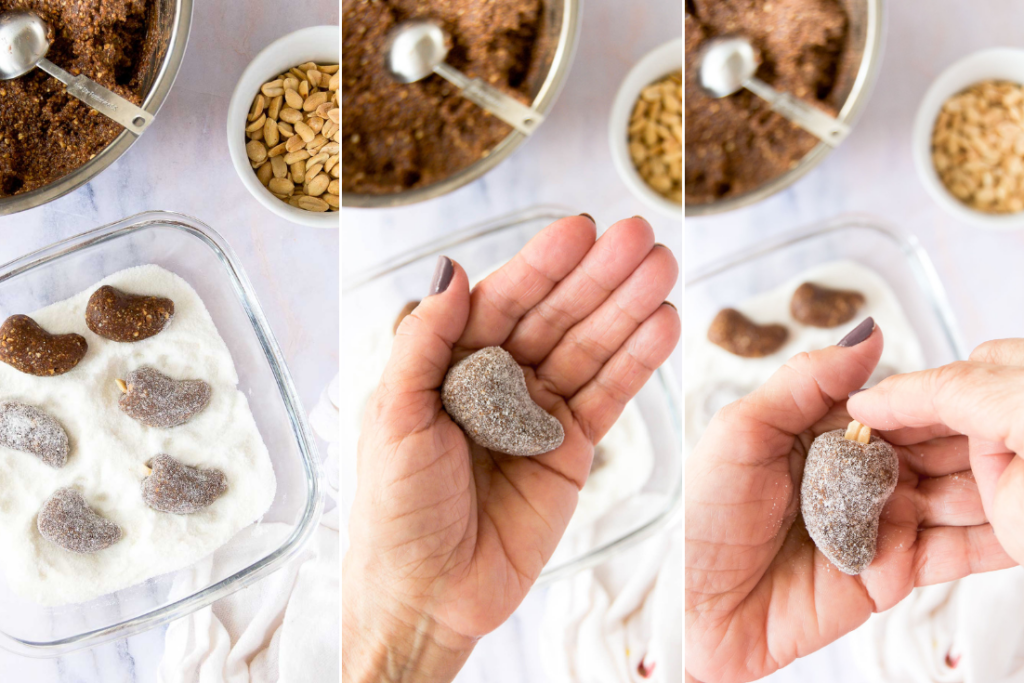
This recipe makes about 50 cajuzinhos, depending on how big you scoop them or how many you accidentally shove into your mouth in the process. It happens a lot over here.
I think they look prettier when they are all roughly the same size, so I use a scoop that helps us stay consistent and work faster.
You can arrange them in a pretty tray, or platter, or like with brigadeiros and other Brazilian similar treats, you can also put them in little candy cups.
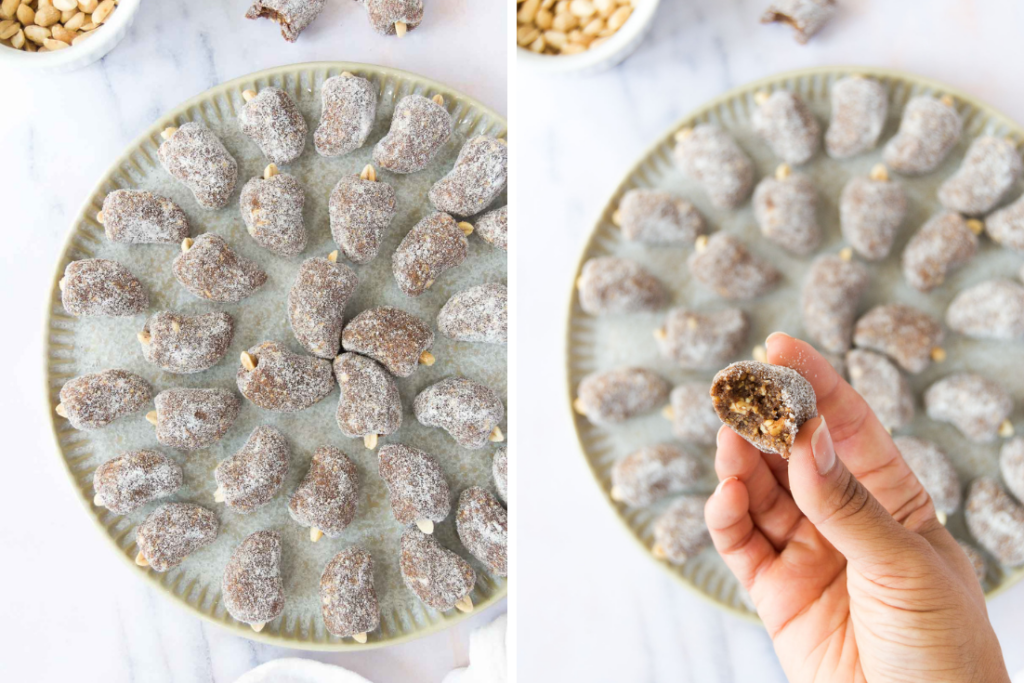
Storage and make-ahead tips
This recipe is a great make-ahead recipe because you can make the mixture the night before and roll them the next day. Just cover with plastic to contact and leave it in a cool place. If refrigerating, remove from the fridge a good two hours before rolling to avoid them sweating into the sugar and causing the sugar to melt off.
You can also roll them and store in an airtight container. However, the sooner you serve them, the fresher they taste.
If you make them for a party, you don’t want them sitting around for longer than a day or two. Don’t refrigerate for the same reason as above. Instead, keep in a cool place.
That said, any leftovers can be kept in an airtight container for up to 5 days, but you’ll notice they’ll start to harden overtime.

Other party perfect recipes:
- Pão de Queijo – Brazilian Cheese Bread
- Cachorro Quente – Brazilian Hot Dogs
- Black Bean Salsa
- Tuna Dip Recipe – Pastinha de Atum
- Quail Eggs Appetizer
- Pickled Quail Eggs
FOR MORE BRAZILIAN FOOD INSPO, BE SURE TO FOLLOW ME ON
Cajuzinho Recipe (Brazilian Peanut Candy)
Ingredients
- 1 pound of roasted unsalted peanuts, peeled plus 50 extra pieces for decorating
- 1 14oz can of sweet condensed milk
- 1/3 cup of cocoa powder or chocolate powder *see post note
- 1/2 cup sugar for rolling
Instructions
- Add the sugar to a deep dish and set aside
- Next separate about 50 pieces of peanuts for decorating, and set aside
- Add the remaining peanuts to a food processor or blender and blend into a fine flouer. Best if done in batches of 2-3 to avoid making peanut butter by accident.
- Add the peanut flour to a bowl and whisk in the cocoa powder.
- Pour in the condensed milk and using your hands a wooden spoon or a spatula stir into a paste
- Let the batter rest 10 minutes in the fridge or 20 mins on the counter
- Then, lightly oil your hands with a neutral oil, then scoop about a tablespoon's worth of batter into your hands and roll into little balls
- Gently shape them into little cashews using your fingers, if desired.
- Roll them in the sugar and finish by decorating each with a little pice of peanut on top.
- Arrange them on a platter or a dish and serve

